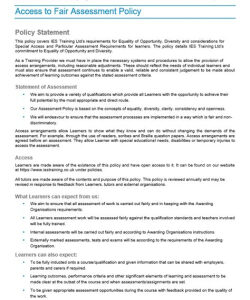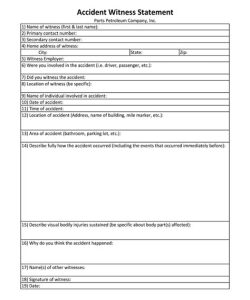A law firm income statement template is a crucial financial tool that provides a comprehensive overview of a law firm’s financial performance over a specific period, typically a quarter or a year. It outlines the firm’s revenue, expenses, and profits, allowing for effective monitoring and analysis of the firm’s financial health. By utilizing a law firm income statement template, law firms can gain valuable insights into their financial position, identify areas for improvement, and make informed decisions regarding resource allocation and strategic planning.
An income statement, also known as a profit and loss statement, showcases a law firm’s financial performance by presenting its income and expenses during a particular accounting period. It categorizes revenue streams, such as fees from legal services, and deducts expenses incurred in generating that revenue, such as salaries, rent, and marketing costs. The resulting figure represents the firm’s net income or loss, which serves as an indicator of profitability and overall financial performance.
Components of a Law Firm Income Statement Template
A well-structured law firm income statement template typically consists of several key components. Revenue streams are presented first, detailing the various sources of income generated by the firm. These may include legal fees, retainer fees, and revenue from other services or products offered by the firm. Following revenue, expenses are categorized and listed, including both direct and indirect expenses. Direct expenses are those directly related to the provision of legal services, such as salaries for attorneys and paralegals. Indirect expenses, on the other hand, are those not directly tied to legal services but are necessary for the firm’s operations, such as rent, utilities, and marketing expenses.
Depreciation and amortization expenses are also included in the income statement template. Depreciation refers to the gradual reduction in the value of fixed assets, such as equipment and buildings, over their useful life. Amortization, on the other hand, pertains to the spreading of the cost of intangible assets, such as patents and trademarks, over their expected lifespan. Finally, the template concludes with the calculation of net income or loss, arrived at by deducting total expenses from total revenue. This figure represents the firm’s profit or loss for the period and is a key indicator of its financial performance.
Importance of a Law Firm Income Statement Template for Financial Management
A law firm income statement template plays a critical role in financial management for several reasons. It provides a historical record of the firm’s financial performance, enabling comparisons over time and against industry benchmarks. This historical data can be used to identify trends, evaluate progress, and make informed decisions about resource allocation. Additionally, the income statement facilitates budgeting and forecasting by providing a basis for projecting future financial performance based on historical data and current market conditions.
Furthermore, the income statement serves as a valuable tool for evaluating the profitability of specific practice areas or legal services. By analyzing the revenue and expenses associated with each practice area, law firms can identify areas of strength and weakness, and make strategic decisions to optimize their service offerings. Moreover, the income statement can assist in assessing the firm’s financial health and solvency, ensuring that it has sufficient cash flow to meet its obligations and pursue growth opportunities.
Conclusion
A well-designed law firm income statement template is an indispensable tool for effective financial management and decision-making. By providing a comprehensive overview of a law firm’s financial performance, it enables firms to track revenue, expenses, and profitability over time. This information is essential for assessing financial health, identifying areas for improvement, and making strategic decisions to optimize the firm’s financial position and long-term success. Regular review and analysis of the income statement empowers law firms to make informed decisions and stay competitive in the ever-evolving legal market.
By utilizing a law firm income statement template, law firms can gain valuable insights into their financial performance and make informed decisions about resource allocation and strategic planning. This tool provides a clear and concise overview of the firm’s financial health, allowing for effective monitoring and analysis. Regular review and updates of the income statement template ensure that law firms stay up-to-date with their financial position and are well-equipped to navigate the challenges and opportunities of the legal market.



